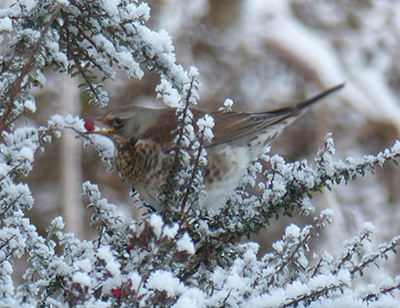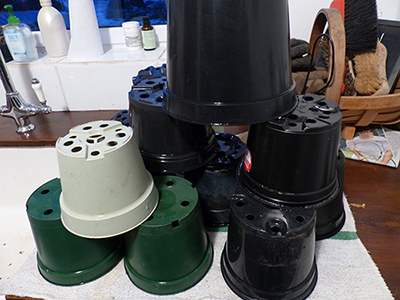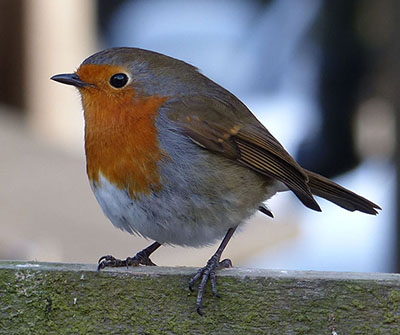On the vegetable front: I had to lift all the carrots as many of them were split and also due to mice not only eating our young trees (see November’s newsletter), but also my carrots! The number of mice and voles are truly horrendous this year; both in our house and in the garden. Every single morning, we have at least one trapped mouse in our larder and as I said lots of damage too. I’m not sure why there is such an explosion of small rodents, since there are plenty of natural predators. Or maybe, there are plenty of predators because we have an explosion of rodents! Who knows, but usually in ecology, the predators follow the prey, so I guess we first had lots of mice which attracted owls, red kites and buzzards. The wildlife camera even filmed a fox walking around in our first new field named ‘Middle Earth’. The fox was wary of the red light at first before it decided it was okay and then it jumped on something (hopefully a vole!). You can just about see it jumping in the video which I published on YouTube. It’s interesting how animals seem to notice the camera and some even try to attack (?) or investigate (?) it like the magpies in the same video.
And it’s all happening in the new big field too! We had two tree consultants visiting to look at the site and discuss with us what our plans are and what options there could be. They estimated we could plant between 700 and 800 tree saplings! We discussed that we preferred native edible trees and some ‘non-edible but good for wildlife’ trees and we are hoping to see them arrive early in the new year. Of course, 700 tree saplings are a lot to plant for just two people and therefore we want to organise a ‘tree planting event’ once the trees have arrived. Those who come along can also name their own personal tree with a name tag and a dedicated website where you can register your interest in participation will be revealed nearer the time. It’s hard to imagine that the field in the picture will house 700 trees in just a few months’ time.
In combination with bringing back nature to Glensherup, JP and I have started a new project called ‘Circle of the Good Life’ where we hope to inspire people to embrace nature in all its aspects and enjoy being outdoors away from technology. Technology has slowly taken over our lives and many feel frustrated and anxious by the way technology is always there, but it doesn’t need to be. It’s key that you leave your phone at home (or out of sight in the car) when you are reconnecting with nature.
So, I have created a dedicated YouTube channel on which I share how JP and I embrace nature, what nature you can find in Scotland and how trees can be beneficial to us (this last one is not out yet). Some may have already watched the first two short videos, but 4 more videos have been added:
‘Meet Glensherup’s wildlife’ – pheasants, a fox, jackdaws and misbehaving magpies
‘A snapshot of wildlife in Glendevon’ – footage from my wildlife camera over a number of years
‘Buzzards closeup near a carcass’ – footage from buzzards feeding (it’s not that gruesome)
‘Traditional Celtic pagan handfasting’ – a summary of JP’s and Josine’s renewal of vows in June
All these can be watched (and subscribe) Circle of the Good Life



